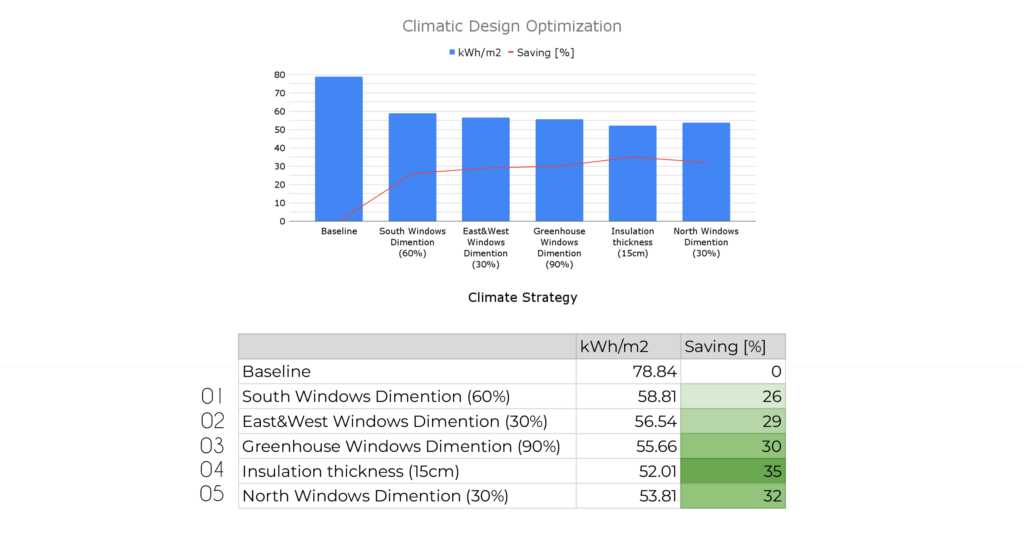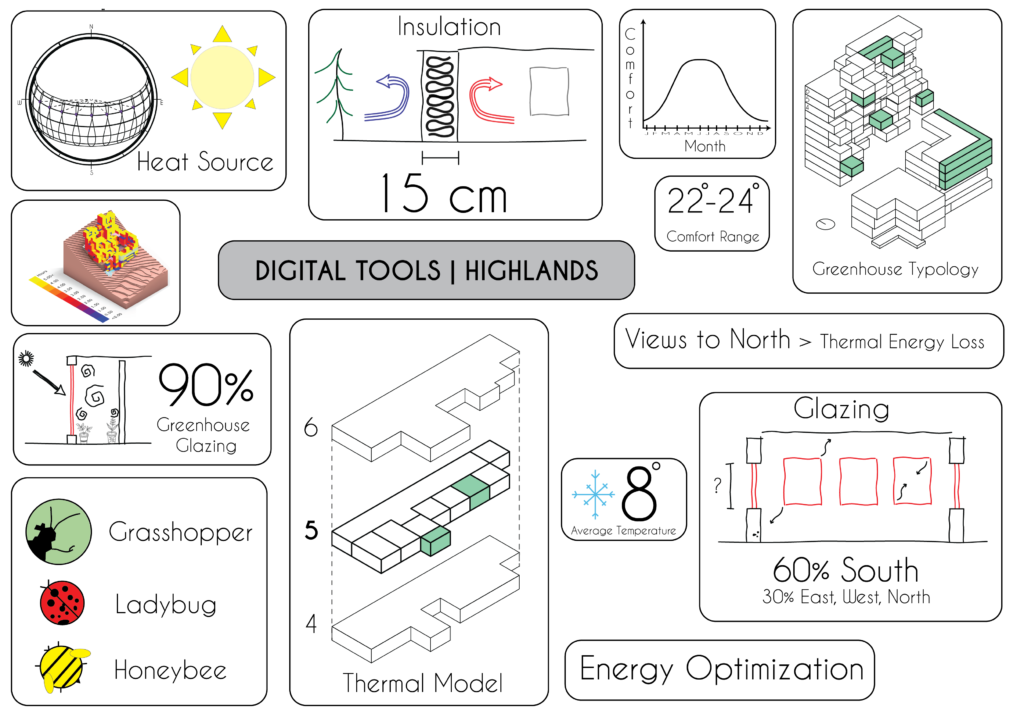Shruti Sahasrabudhe, Larsen Bidstrup, Nishanth Maheshwaran, Jacek Antoni Kostrzewa
MASTERS IN ADVANCED BUILDINGS AND BIOCITIES, 2022-2023, IAAC
Set in Paro, the proposed building offers a place for locals and travelers to learn traditional Bhutanese handicrafts and immerse themselves in the highland culture. The building reaches 8 stories, covering 8000m2 on a sloped site overlooking Paro Valley.
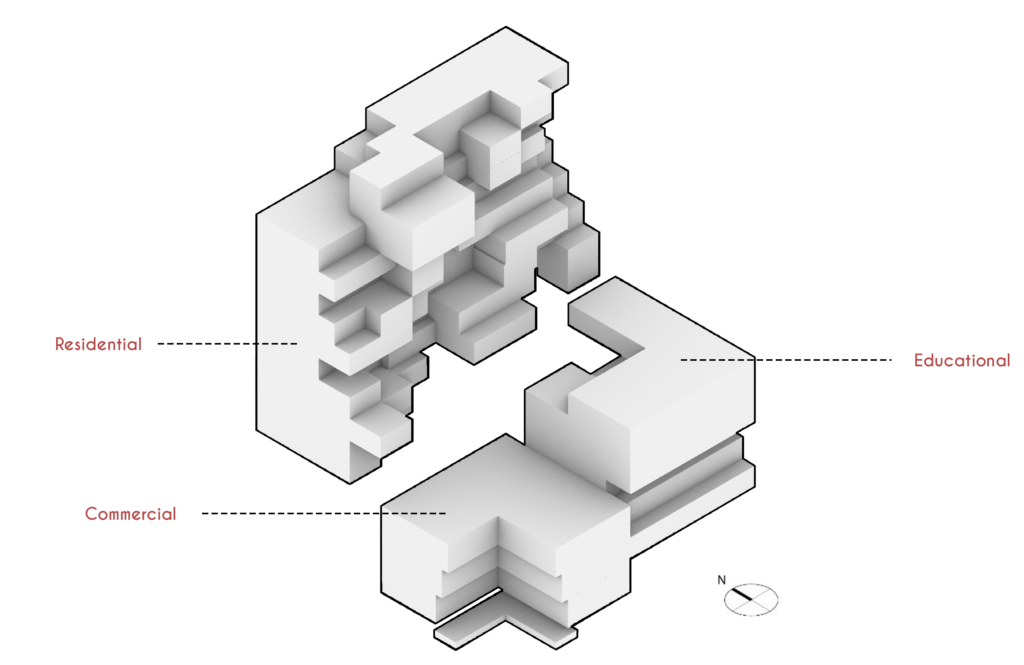
Climate Analysis
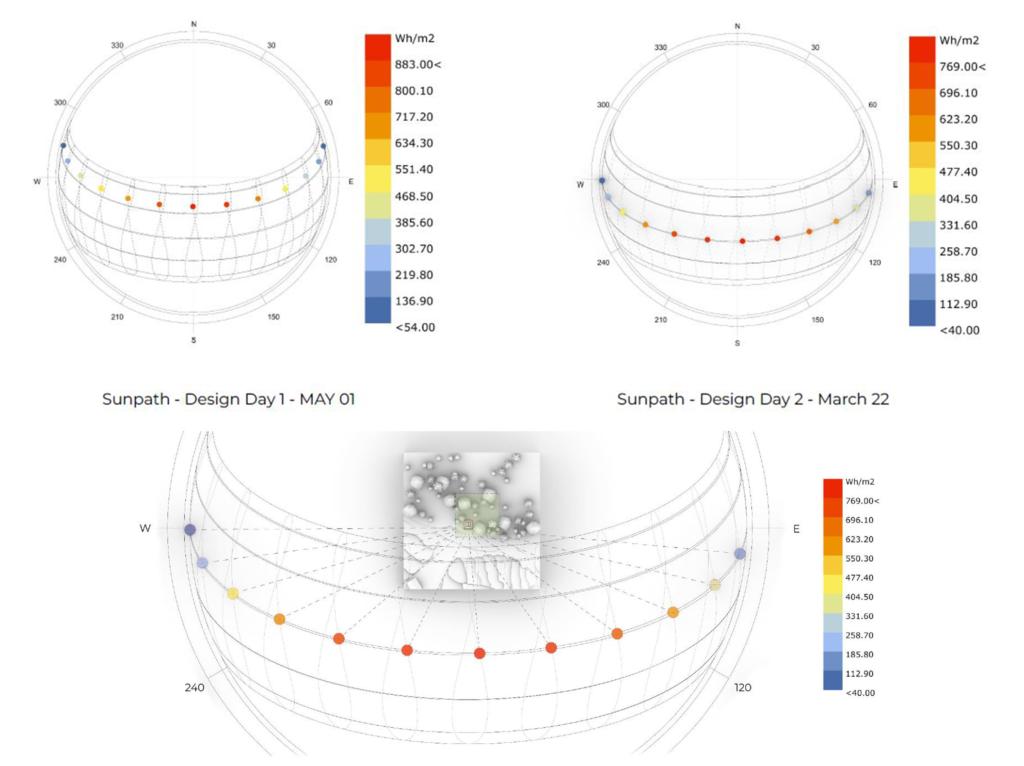
Using Ladybug plugin, sun path was visualized on the site.
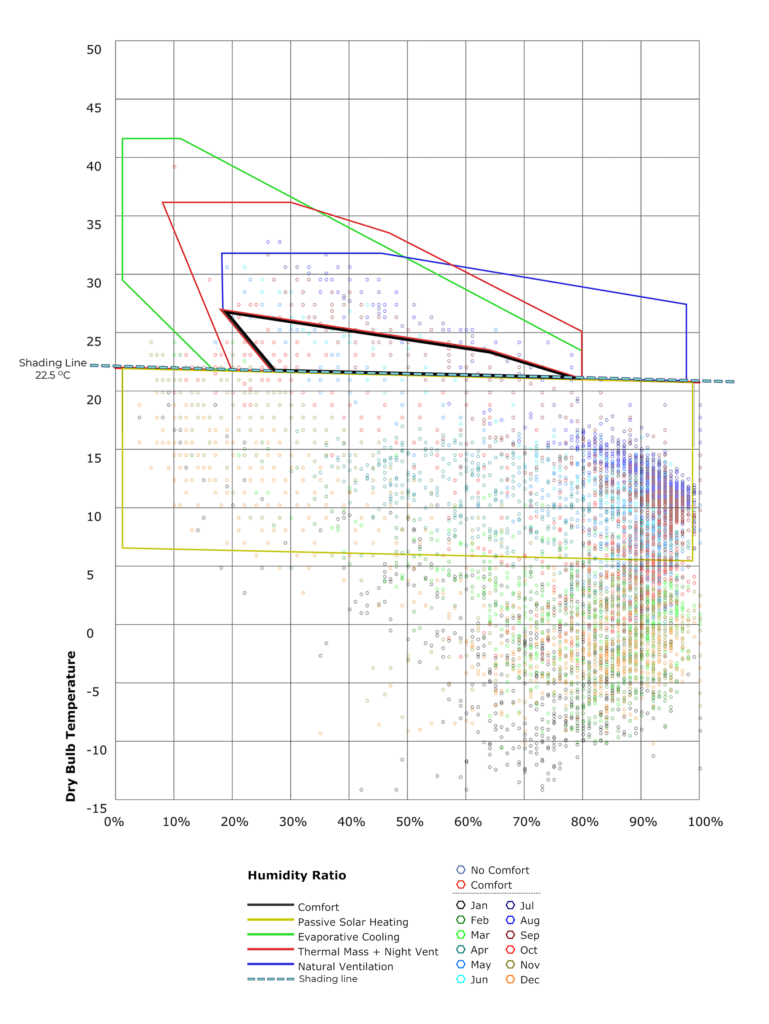
Paro, Bhutan is a cold, alpine climate. The bioclimatic chart displays the need for heating strategies in the building to increase comfort of users.
Solar Analysis

Massing of the building unfolded with careful consideration of solar radiation as to maximize passive heating strategies.
Thermal Questions
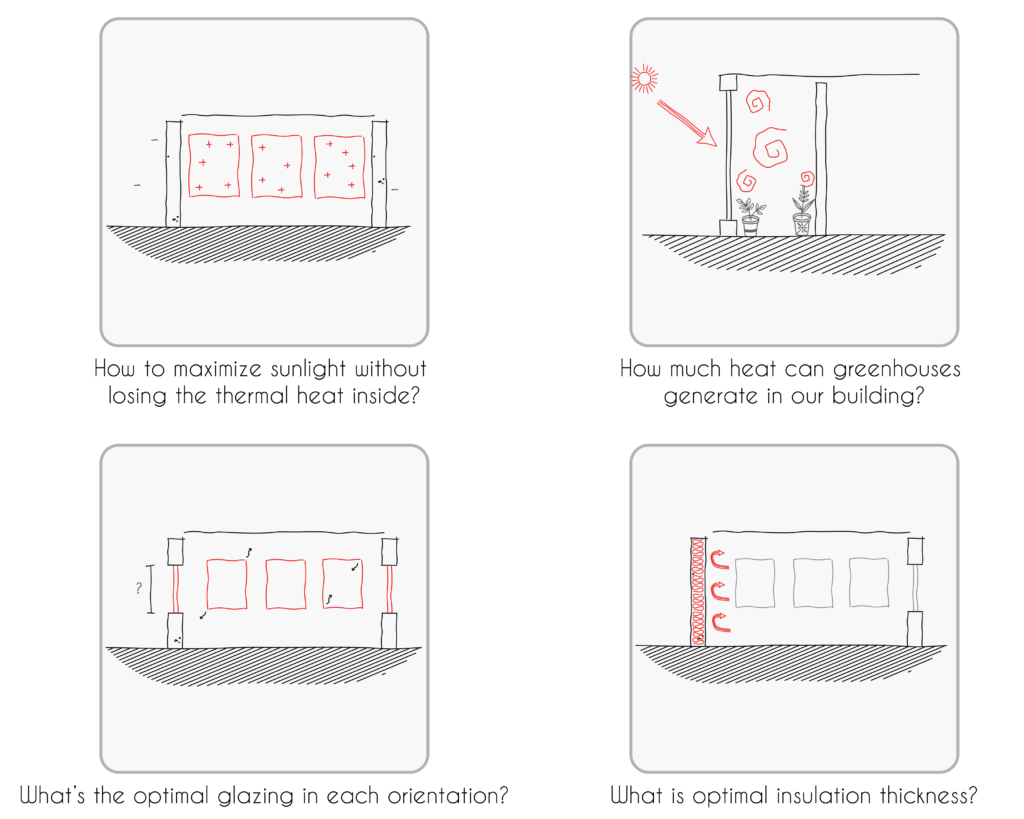
Thermal Model
The residential portion of the building created the most questions of thermal efficiency, so the 5th floor was analyzed in relation to upper and lower levels.
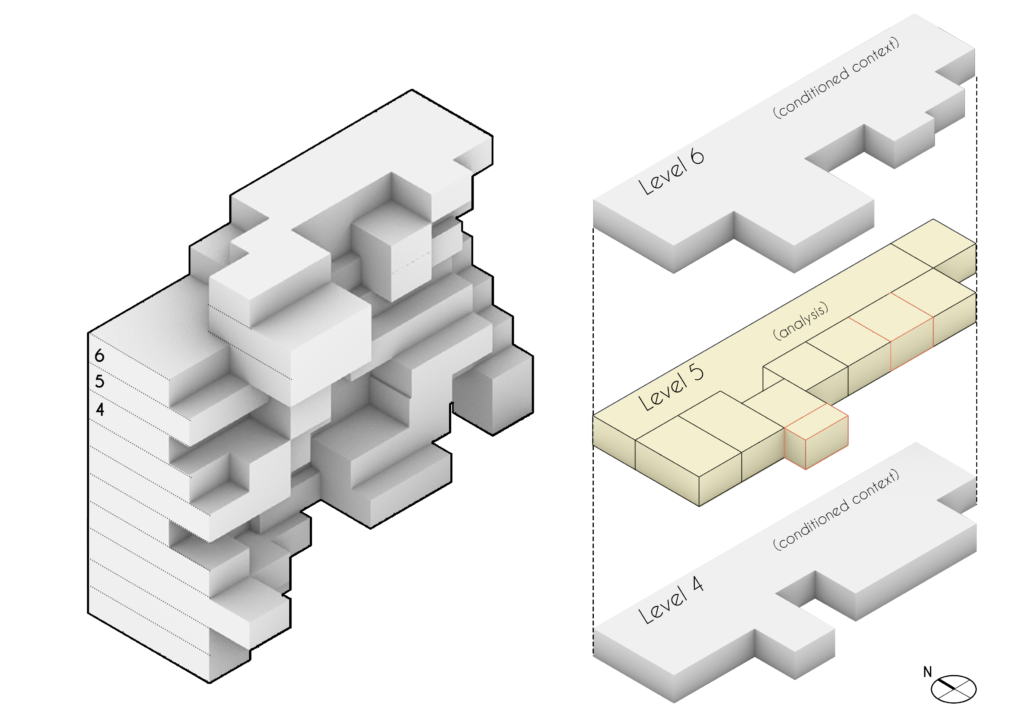
With the thermal model, a Grasshopper script was prepared and manipulated to calculate energy metrics (heating & cooling) based on Bhutan climate data and construction assemblies in our building. The climate data in Bhutan informed the calculations by providing solar radiation data with relation to orientation. R values of different materials were taken into account with the material pallet.

Energy Results
The simulation was run a multitude of times while adjusting parameters. To maintain consistency, variables were controlled to highlight the question at hand.
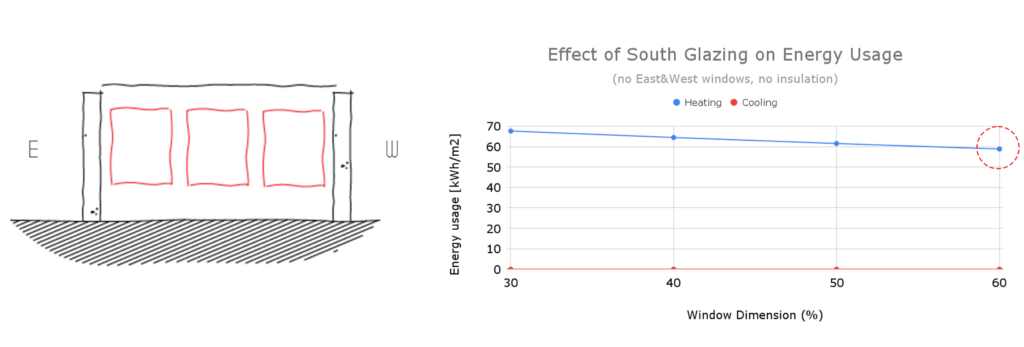


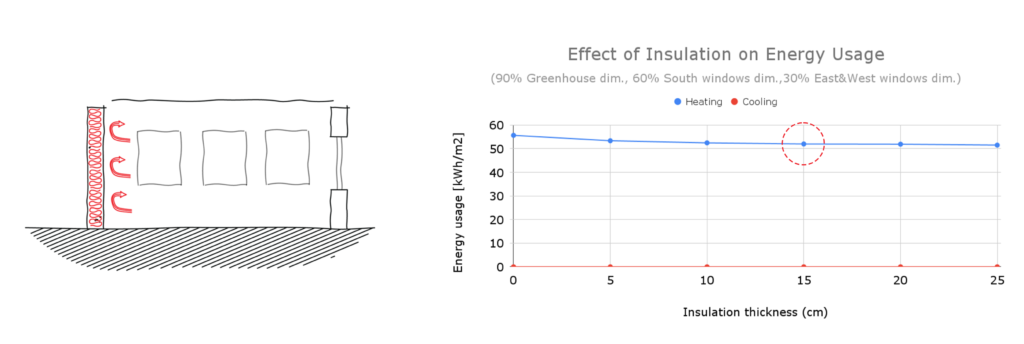

Optimization
Based on data collected, design decisions could be made in each category. Increasing solar radiation led to savings in heating energy. As the sun path remains to the south, adding north-facing windows contradicted savings. To satisfy architectural needs, however, minimal north-facing glazing is placed to improve psychological health. Resulting energy savings (kWh) compared to the baseline was over 30%.
